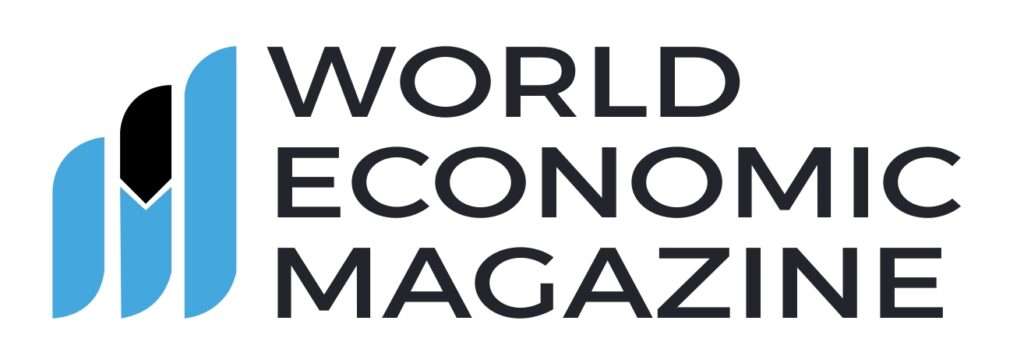
US Updates Rules for Foreign Entrepreneurs: Key Changes to the International Entrepreneur Rule
The United States has rolled out updated policy guidance for the International Entrepreneur Rule (IER), a program designed to facilitate foreign entrepreneurs in establishing and growing their startups in the country. This rule, hailed as a gateway for global innovators, aims to boost job creation and economic development by allowing qualified entrepreneurs to operate businesses in the U.S. under specific conditions. The latest changes introduced clarified evidence requirements, revised financial thresholds, and expanded application options, reflecting the country’s commitment to attracting global talent.
Overview of the International Entrepreneur Rule
The International Entrepreneur Rule provides a unique pathway for foreign entrepreneurs to temporarily reside in the U.S. without direct financial investment. Instead, entrepreneurs must demonstrate substantial potential for their startup’s growth and its ability to create jobs.
Under the IER, the Department of Homeland Security (DHS) has the authority to grant parole—a temporary authorized stay—to noncitizen entrepreneurs who meet specific criteria. Applicants must possess a significant ownership stake in a startup and actively contribute to its success. The business must also show potential for rapid growth and public benefit, often evidenced by investments or government grants.
Key Updates in the New Policy Guidance
The updated guidance introduces several important changes, enhancing clarity and flexibility for applicants.
- Expanded Evidence Requirements
- Entrepreneurs must provide detailed evidence of their active and central role in the startup’s operations.
- They need to demonstrate how their position directly contributes to the startup’s ability to grow and succeed.
- Qualified Investments and Grants
- The policy outlines the types of evidence that can validate qualified investments or government awards.
- Entrepreneurs can now submit alternative evidence to establish their startup’s potential if they do not meet the standard thresholds for investment or grants.
- Clarification of Significant Public Benefit
- The guidance specifies what constitutes a significant public benefit, such as rapid business growth and job creation, as key indicators.
Revised Financial Thresholds
In October 2024, the U.S. government revised the financial requirements under the IER to reflect inflation and economic conditions. These changes include:
| Category | Previous Threshold | New Threshold |
| Qualified Investment | $264,147 | $311,071 |
| Government Awards/Grants | $105,659 | $124,429 |
To qualify, applicants must meet at least one of the following criteria:
- Secure a minimum of $311,071 from qualified investors.
- Obtain at least $124,429 in government awards or grants.
- Provide alternative compelling evidence of the startup’s potential if these thresholds are not fully met.

Flexibility for Applicants
One of the key features of the IER is its flexibility regarding the applicant’s location:
- Applications are open to individuals inside or outside the U.S.
- Entrepreneurs without current nonimmigrant status can also apply.
This inclusive approach makes the IER an accessible program for global entrepreneurs, regardless of their current residency or immigration status.
Why the Updates Matter
The recent updates are a significant step toward fostering innovation and economic growth. By broadening evidence requirements and adjusting financial benchmarks, the U.S. aims to attract a wider pool of talented entrepreneurs. The changes also reflect the government’s intention to streamline the application process while maintaining robust evaluation standards.
Moreover, these updates align with the Biden administration’s broader goals to enhance the U.S. business ecosystem. By encouraging startups, the government seeks to drive technological advancements, increase employment opportunities, and solidify the country’s status as a global hub for innovation.
The Application Process
Applicants must submit evidence showcasing their startup’s potential for rapid growth and job creation. This includes:
- A detailed business plan outlining growth strategies.
- Evidence of qualifying investments or grants.
- Alternative evidence such as market traction or partnership agreements, if investment or grant thresholds are partially unmet.
Additionally, the entrepreneur must hold a minimum 10% ownership stake in the startup and play a significant role in its operations.
Challenges and Opportunities
While the IER provides a promising pathway for foreign entrepreneurs, challenges remain. Securing qualifying investments or grants can be difficult for startups in niche industries or regions. Moreover, navigating the complexities of U.S. immigration laws may require substantial legal and financial resources.
However, for those who meet the criteria, the IER offers unparalleled opportunities to tap into the U.S. market, collaborate with leading investors, and access a robust consumer base. The program’s emphasis on innovation and job creation ensures that both entrepreneurs and the U.S. economy benefit from this initiative.
The updated International Entrepreneur Rule reflects the U.S. government’s commitment to attracting global talent and fostering innovation. By introducing revised thresholds, expanding evidence requirements, and offering flexible application options, the rule creates a more inclusive and accessible pathway for foreign entrepreneurs. These changes signal a bright future for global innovators seeking to make their mark in the U.S., further solidifying the country’s position as a leader in entrepreneurship and economic development.






